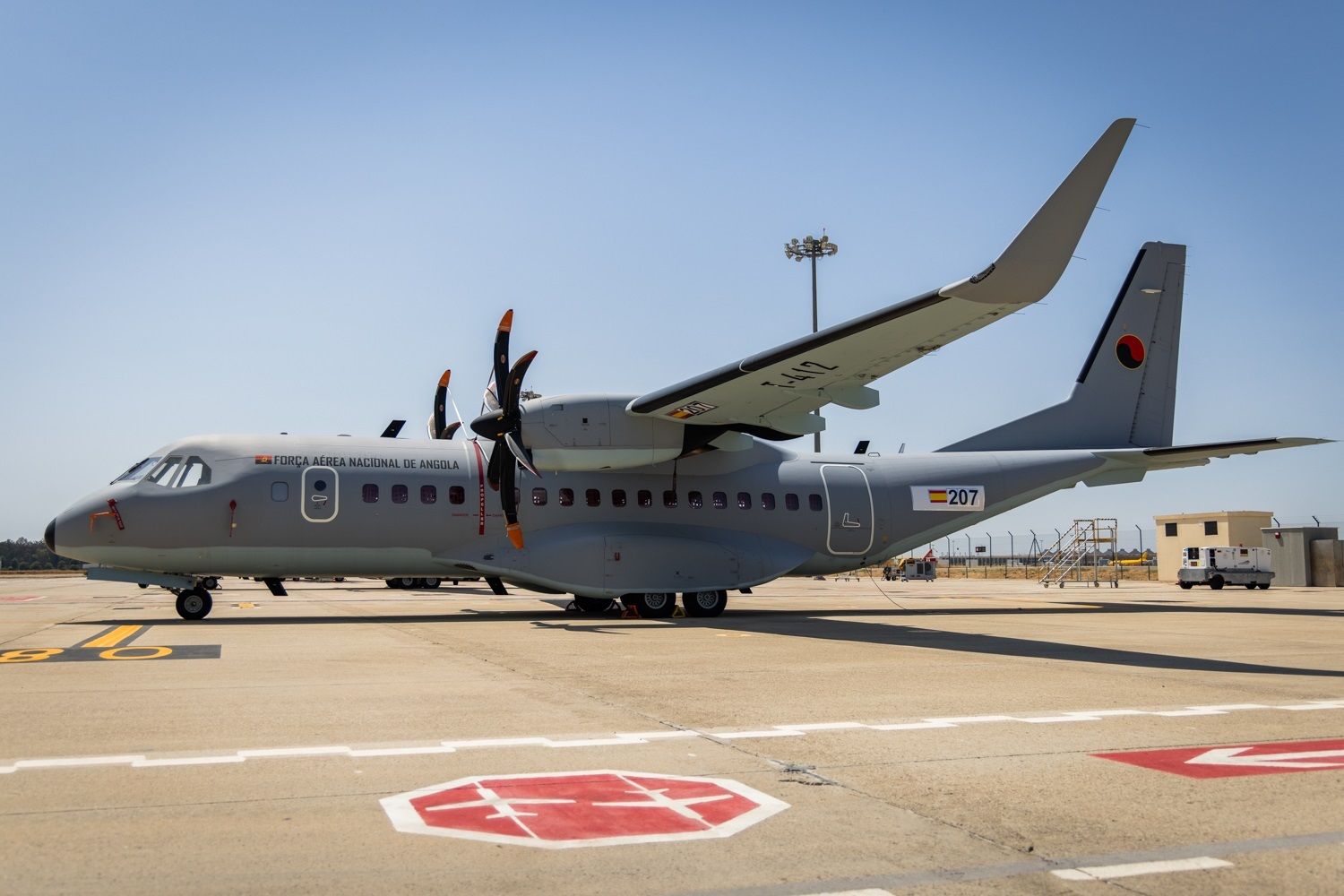Airbus C295 keeps conquering Africa: Angola takes delivery of its first aircraft
The Angolan National Air Force (FANA) will receive the first C295 aircraft configured for transport missions and will be able to perform tactical tasks such as cargo and troop transport, parachuting, cargo dropping or humanitarian missions. The other two will be delivered in maritime surveillance (MSA) configuration.
C295 conquers Africa
Angola is one of 10 African operators of the C295, which together ordered 44 aircraft from Airbus, making this medium tactical transport aircraft the leader in its segment in the region.
Egypt, with 24 aircrafts, is the fleet leader not only in the region but worldwide (until it is surpassed by India). However, the C295 story in the region began in 2004 with Algeria as the first African country to acquire this aircraft, counting today 6 C295s in transport configuration. Twenty years later, the C295 continues to generate interest and has proven that it is not only suitable for large fleets, but also for small ones. A good example is Gabon, one of the most recent customers in the region, which has already taken delivery of an aircraft.
Africa is the only region in the world to have procured C295s every year since 2018, when Ivory Coast ordered an aircraft, followed by Burkina Faso a year later. Even in 2020, at the time of COVID-19, when the entire market was in question, Mali recognized the great performance of the C295 and decided to acquire an additional aircraft. Senegal, Angola and Gabon were next, between 2021 and 2023.
In total, African C295 operators have reached more than 100,000 flight hours since they began operations in 2005.
The first MSAs on the continent
Angola will soon be the first country in Africa to operate the C295 in Maritime Surveillance Aircraft (MSA) configuration. The southern African country acquired two MSAs that will be key for maritime and land surveillance, search and rescue or illegal fishing control missions, among others. These aircraft will be equipped with two FITS consoles, Airbus’ fully integrated tactical system for maritime surveillance. However, even with this hardware installed, they will still support cargo or personnel transport, as well as medical evacuation in a possible disaster relief context or from a conflict zone.



Para comentar, debés estar registradoPor favor, iniciá sesión